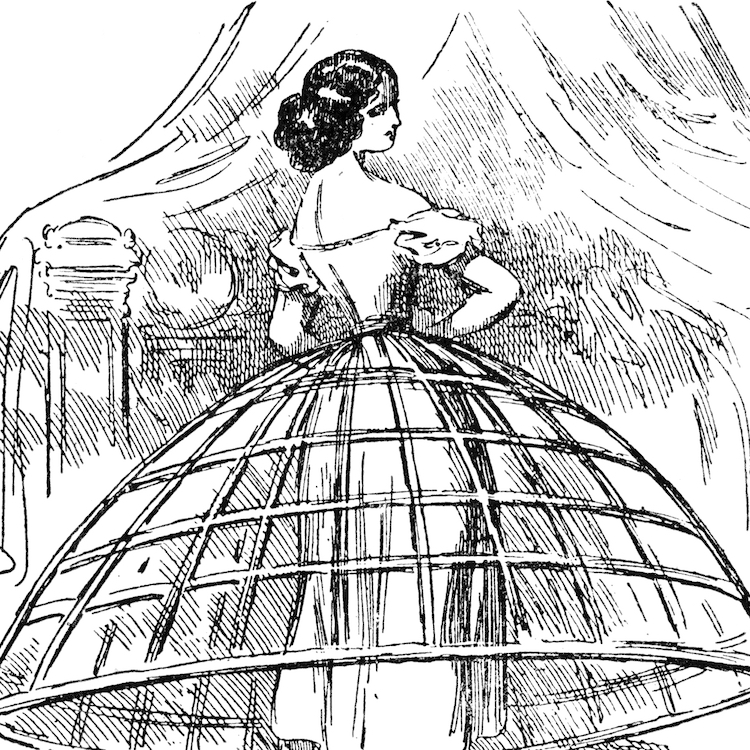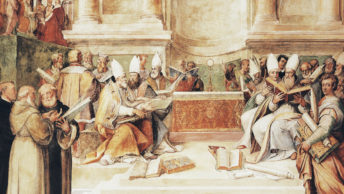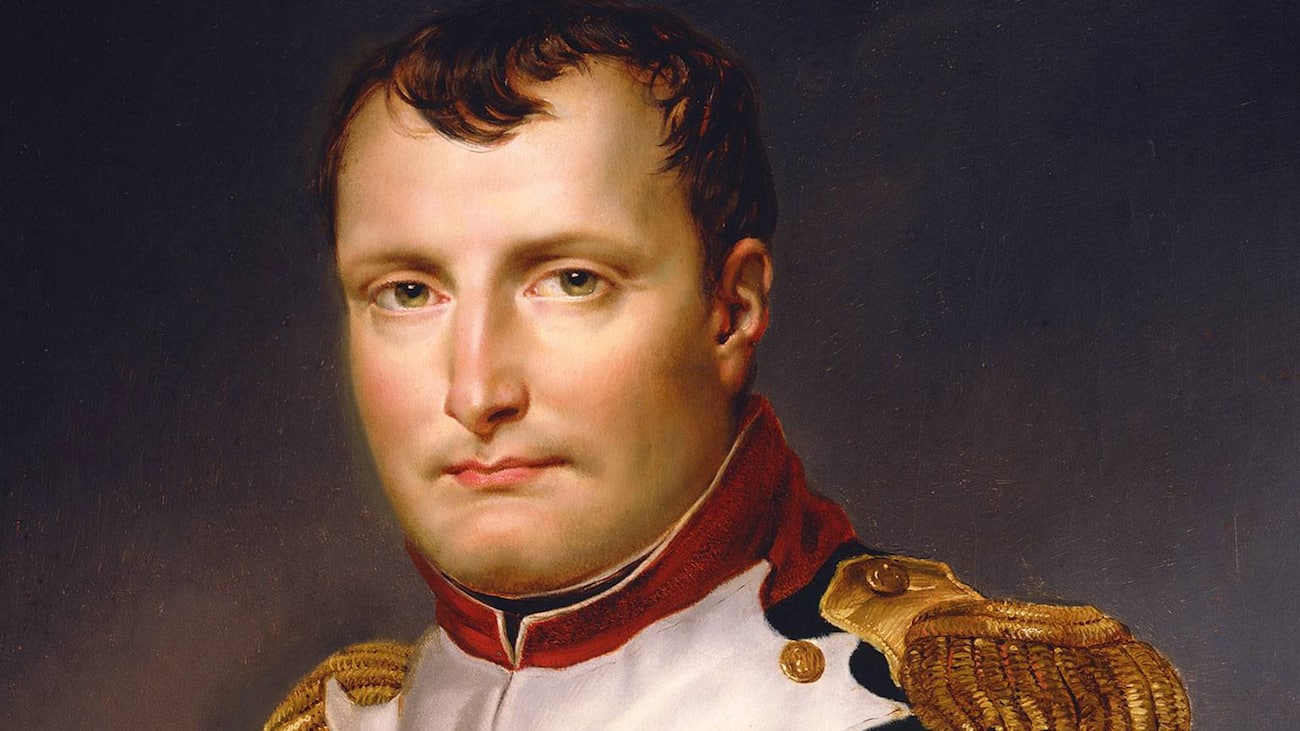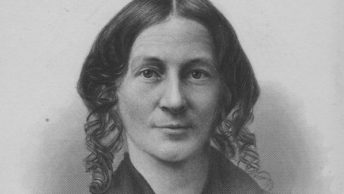An air of low comedy somehow hangs over the Know-Nothing movement, despite serious issues being involved. The Know-Nothings were a political party which enjoyed a phenomenal, though brief success in the 1850s. Their guiding belief was a dislike of the Pope and a distrust of Catholic immigrants who had begun arriving in significant numbers from such places as Italy and Ireland.
Yet repeatedly, many of their efforts seem to have been thought up by a humor writer. There was the time they took over the official management of the Washington Monument project, after a flurry of ballot box stuffing, yet added less than four feet to the Monument’s height—and even that was inferior work that had to be removed.
There was the name of the party itself, derived from their habit of saying “I know nothing,” if anyone asked about their activities. There was the whole business of secret signs, and secret meetings, more appropriate to a children’s clubhouse than to a political party.
But one of the more ludicrous Know-Nothing stories involved religious schools in Massachusetts, a saga that before it ended would include junketing politicians, abused expense accounts, and a prostitute.
Some of the more extreme Know-Nothings at this time got it into their heads that nunneries were scenes of depravity, with the girls kept prisoner to service any nearby monks. Back in 1836, there had even been a book called The Awful Disclosures of Maria Monk, probably ghost-written, in which its author described just such scenes. It was, naturally, a best-seller.
For whatever reason, the newly elected Know-Nothing state government of Massachusetts in early 1855 formed a committee variously called the Committee on Convents and Nunneries, or the Committee on Nunneries and Convents, to investigate such charges once and for all.
On March 26, 1855, at about 11:00 AM, a group of 5 members of the legislature, plus 14 of their friends, took a couple of coaches from Boston out to Roxbury, where they had heard a religious school existed—but it wasn’t actually a nunnery.
They arrived about 11:30 A.M.. Their arrival was a complete surprise to the school, for the expedition had not sent any message ahead of time. After half an hour of looking through the chapel, the school room, the closets, and such, the tour was over. Some of the girls cried out, “The house is full of know-nothings!”—-but then began laughing.
There was plenty of time to go back to Boston now, but the group resolved to stop at the nearby Norfolk House hotel. Showing admirable foresight, they had already made reservations for dinner 2 or 3 days before. The dinner included champagne, although it was against the law to sell it in Massachusetts. Total cost: $74.00.
On March 29, 1855, Lowell was next. Lowell had a Catholic school, which needed to be investigated, and which yielded the same results. Although it was only 26 miles from Boston, the group of 8—all legislators, this time—decided to stop for the night at the Washington House. There too, followed a dinner with liquor, courtesy of the state.
There was one other addition to the bill. The group included a Mr. Hiss, who told the bar keeper that he was expecting a Mrs. Patterson to drop by and to give her a room for the night also. Her bill was also paid for by the state, that is, the taxpayers.
The scandal was now broken by the Boston Daily Advertiser. There followed an investigation by the legislature.
Mr. Hiss in particular gave some interesting answers about Mrs. Patterson, in ways that will no doubt be familiar to the modern reader. At first, when questioned about whether he had ordered a lady friend, he suffered a memory loss: “I don’t recollect that I did. I might have said that a gentleman was coming with a lady. I don’t remember of saying any such thing, or of having any conversation about a lady.”
Then came yes and no: “I believe I saw the lady. I think I spoke to her; I don’t know that I did. No, sir. [laughter]. I might have spoken to her. I don’t know whether I did or not.”
Had it not been for the Boston Daily Advertiser, the fun might have continued for some time yet, across the state.
As for the Know-Nothings nationwide, they had disappeared as a party by the end of the 1850s, its former members going back to the Democratic Party or into the newly-formed Republican Party.
Sources: Boston Evening Transcript—April 13, 1855, page 1 and 2; Springfield Daily Republican—-April 14, 1855, page 4; A privately printed pamphlet—-“Our Houses are our Castles.”—– by Charles Hale (an editor of the Boston Daily Advertiser). Printed at the office of that newspaper, in 1855.








